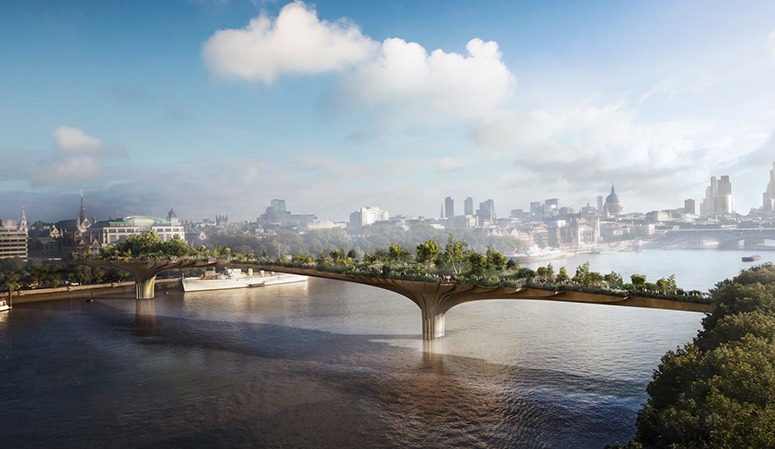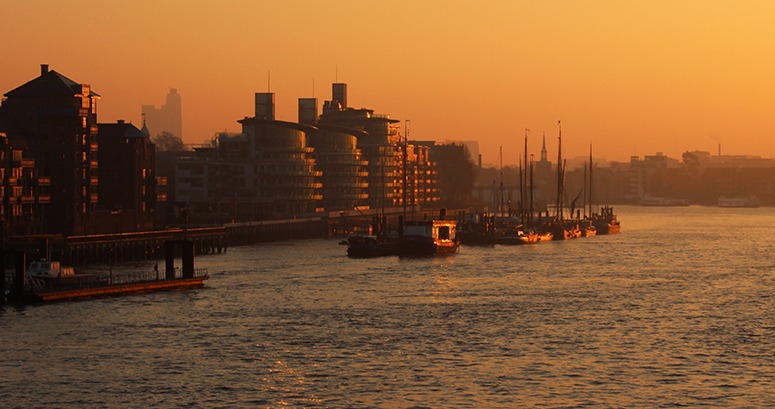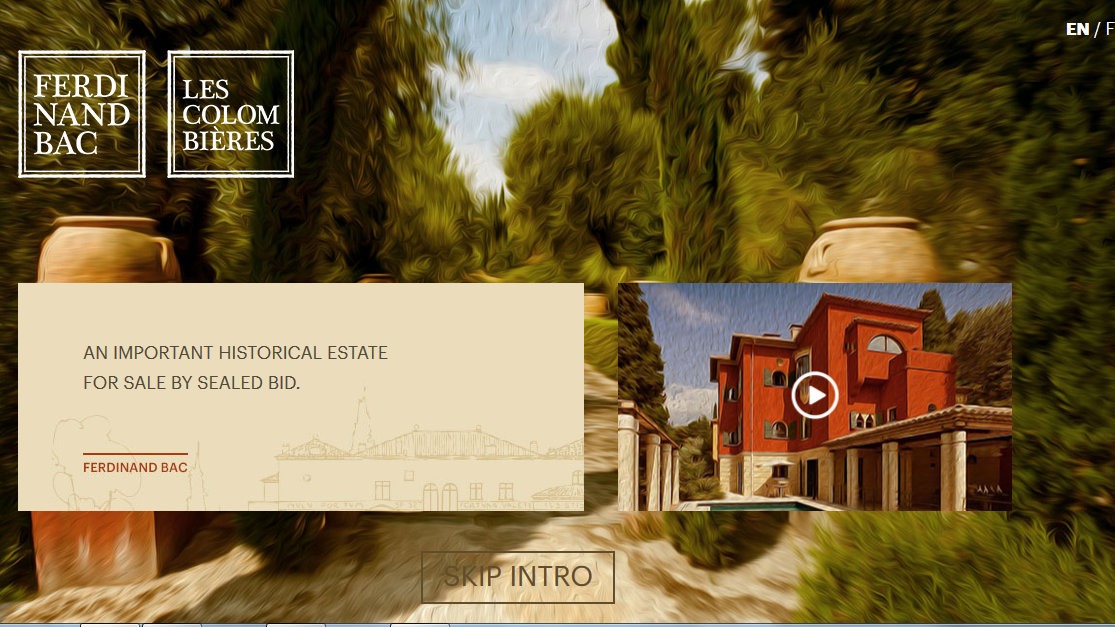London's proposed new Garden Bridge
Let us join the chorus of support for London’s Garden Bridge. The government and the Greater London Authority have promised to pay half the cost – so finding the rest should be a formality. The idea was conceived by the star actress Joanna Lumley in 1998 (she is also a patron of the Druk White Lotus School). But her idea slept for 14 years, until TfL asked for ideas about new ways of crossing the Thames. Thomas Heatherwick, working with Arup (coincidentally the architects for the Druk School), published the above design last summer – and half the funding was promised this month. The Garden Bridge will be 367 metres long and 30 metres wide at its widest point. It will connect a point near Temple station to a point near Gabriel’s Wharf on the South Bank Centre.
As an idea, it is wonderfully superior to Hungerford Bridge and, of course, to the London Eye. But what all three projects teach us is THE DESIGN PROFESSIONS SHOULD NOT WAIT TO BE ASKED. If designers, especially landscape architects (because of their concern with the public realm), have a good idea then they should draw it and publish it.
Useful links re the Garden Bridge:
TfL consultation on the Garden Bridge
Garden Bridge Trust website (with video)





